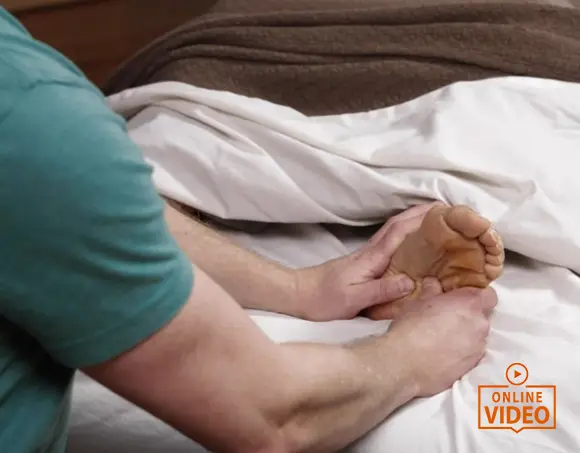
Our thumbs are often the massage tool that we value most; our thumbs are also what get us into the most trouble. Our thumbs make it possible for us to do deep, specific work. Our thumbs make our clients happy. And yet our thumbs are one of the most oft-injured parts of the massage therapist’s body.
In this course, you will review the most common use patterns for our thumbs when we massage–the things we do that lead to pain and strain and injury. Then you will explore an alternative way of using the thumbs. In the process, you will learn to rely on our thumbs less, and rely on the easy use of your whole body more. And as we do that, we will learn how to use the thumbs more effectively when they are the best option for a given stroke, how to support our thumbs and keep them in line with the rest of the body, thus creating a way of using the thumbs (and the body as a whole) that is both safe and effective.
Katie Wiese, LMT
2/22/2025
Jennifer Vey, LMT
2/11/2025
Emily Hoerner, LMT
1/31/2025
Cassidy Renner, LMT, BCTMB
1/25/2025
Valarie Dunn, LMBT, BCTMB
12/31/2024

David M. Lobenstine has been a massage therapist, teacher, and writer for over a decade. He is a graduate of the Swedish Institute and Vassar College. He has worked in a variety of settings, from luxury spas to the US Open Tennis Tournament to a hospice to now, exclusively, his own private practice, Full Breath Massage. And he has developed and taught continuing education courses around the country, from the Swedish Institute to the AMTA National Convention. His aim, both with his clients and in his teaching, is to enhance self-awareness, so that we can do the things we love with efficiency and ease.
Mr. Lobenstine is the creator and instructor of Pour Don't Push, Working the Rib Cage, Using Your Thumbs Wisely, Approaching the Upper Body from All Angles, Approaching the Lower Body from All Angles, and Using the Breath to Massage Better.


Take our free online course: Ethics Refresher
We will not rent/sell your email to anyone.
You'll also receive our newsletter and special offers.
Thank you! An email will be sent to the address provided with instructions on how to enroll in this 1 CE hour course - FREE!
If you do not see our email within a few minutes of signing up, please check your Spam/Junk folders it may have been delivered there instead of your inbox.
If, by chance, you still have not received it within 5 minutes, please call us at 1-800-364-5722, Monday-Friday, between 9am-12:30pm and 1:30pm-5pm EST for assistance.